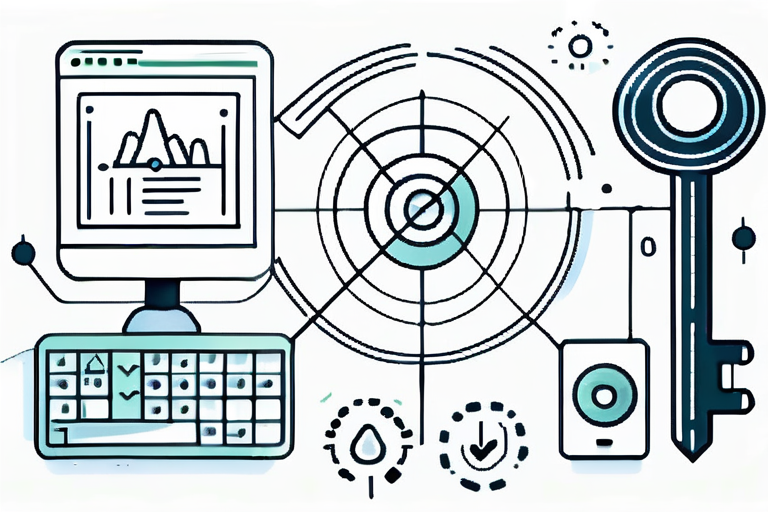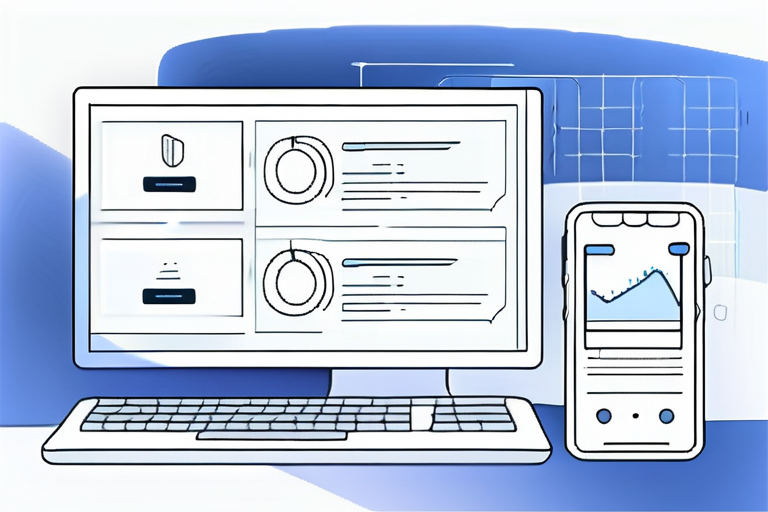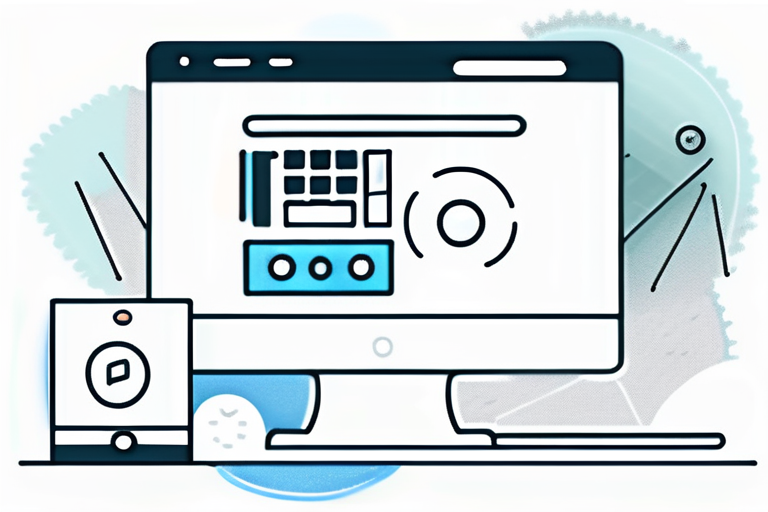User Experience (UX) Design is a crucial aspect of website and software development that focuses on creating a positive and meaningful experience for users. It involves understanding users' needs, goals, and preferences, and designing interfaces that are intuitive, user-friendly, and visually appealing. UX Design plays a pivotal role in ensuring that users are able to interact with software and websites effortlessly and efficiently.
UX Design is the process of designing digital products or services that provide a seamless and enjoyable experience for users. It encompasses various elements, including interface design, information architecture, interaction design, and visual design. The goal of UX Design is to enhance user satisfaction by improving the usability, utility, and accessibility of the product or service.
One key aspect of UX Design is user research, which involves understanding the needs, behaviors, and preferences of the target audience. By conducting user research, designers can gain valuable insights that inform their design decisions and help create products that meet users' expectations. This research can take the form of surveys, interviews, usability testing, and other methods to gather data and feedback directly from users.
Another important consideration in UX Design is usability testing, which involves observing real users interacting with the product to identify any usability issues or areas for improvement. Usability testing can provide designers with valuable feedback on the effectiveness of their design solutions and help them make informed decisions to enhance the overall user experience. By iteratively testing and refining their designs, UX designers can create products that are intuitive, user-friendly, and tailored to meet the needs of their target audience.
Although often used interchangeably, User Interface (UI) Design and User Experience (UX) Design are distinct disciplines. While UX Design focuses on the overall experience and functionality of a product, UI Design specifically deals with the visual and interactive aspects. UI Design involves designing the layout, buttons, forms, and other visual elements that users interact with. UX Design, on the other hand, encompasses a broader range of activities, including user research, wireframing, prototyping, and testing.
UI designers are responsible for creating visually appealing interfaces that are intuitive and easy to use. They pay close attention to elements such as color schemes, typography, and iconography to ensure a cohesive and aesthetically pleasing design. In contrast, UX designers prioritize understanding the needs and behaviors of users to create products that are not only functional but also provide a seamless and enjoyable experience.
One key aspect that sets UX and UI apart is their focus on different stages of the design process. UX design is more concerned with the overall strategy and user journey, aiming to optimize every touchpoint a user has with a product. UI design, on the other hand, is more about the look and feel of the product, ensuring that the visual elements are not only attractive but also align with the brand identity and overall user experience.
To create a successful UX Design, it is essential to understand the fundamental principles that underpin the discipline. One key principle is user-centered design, which involves placing the needs and preferences of the users at the forefront of the design process. By conducting user research, designers can gain valuable insights into user behavior and preferences, which can inform design decisions and lead to more user-friendly products.

Another important principle is usability, ensuring that the product or service is easy to use and navigate. This involves designing interfaces that are intuitive and user-friendly, reducing the cognitive load on users and enhancing their overall experience. Usability testing is a crucial step in the design process, allowing designers to identify and address any usability issues before the product is launched.
Additionally, accessibility plays a critical role in UX Design, as it aims to make the product or service accessible to users with different abilities or disabilities. Designing with accessibility in mind involves considering factors such as color contrast, screen reader compatibility, and keyboard navigation. By following accessibility best practices, designers can ensure that their products are inclusive and usable by a wider range of users.
Another critical aspect of UX Design is the concept of information architecture. It involves organizing and structuring information in a way that is logical and intuitive for users to navigate. By creating a clear information hierarchy and intuitive navigation systems, designers can help users easily find the information they are looking for. Information architecture also involves considering the context in which users will interact with the product, ensuring that the information is presented in a way that is relevant and meaningful to them.
UX Design is integral to software development because it directly impacts how users interact with the product. By focusing on UX, developers can create products that are intuitive, efficient, and enjoyable to use. A positive user experience not only increases user satisfaction but also leads to higher engagement, improved retention, and increased brand loyalty.

Moreover, incorporating UX Design early in the development process can save time and resources in the long run. By conducting user research and testing prototypes, developers can identify and address potential issues before the final product is launched. This iterative approach allows for continuous improvement and refinement, resulting in a superior end product.
When considering UX in software development, it's essential to understand the different aspects that contribute to a great user experience. This includes factors such as information architecture, interaction design, visual design, and usability. Information architecture focuses on organizing and structuring content in a way that is logical and easy to navigate for users. Interaction design involves creating interfaces that facilitate user interactions and make tasks easy to accomplish. Visual design focuses on the aesthetics of the product, including colors, typography, and imagery, to create a visually appealing and cohesive look. Usability is about ensuring that the product is user-friendly and efficient, allowing users to achieve their goals effectively.
When it comes to UX Design, there are several best practices that can help create effective and impactful user experiences. Firstly, conducting extensive user research is crucial. By understanding the target users' needs, preferences, and pain points, designers can create solutions that address their specific requirements.

Secondly, creating clear and intuitive user interfaces is essential. This involves designing consistent layouts, using familiar patterns, and providing appropriate feedback for user actions. Additionally, designers should consider the importance of visual hierarchy, utilizing appropriate typography, colors, and imagery to guide users through the interface.
It is also important to consider the accessibility aspect of UX design. Designers should ensure that their interfaces are inclusive and can be used by individuals with disabilities. This involves following accessibility guidelines such as providing alternative text for images, ensuring proper color contrast for readability, and enabling keyboard navigation for users who rely on it.
Lastly, testing and iterating on designs is key to refining the user experience. By gathering user feedback through usability testing and incorporating it into the design process, designers can identify and address any usability issues or areas for improvement.
User Experience (UX) Design is a multifaceted discipline that focuses on creating meaningful, user-centric experiences in the digital world. By understanding the fundamentals, differentiating it from UI Design, and implementing best practices, developers can create products that not only meet users' needs but also exceed their expectations.
Expanding your knowledge in UX Design can be a rewarding journey filled with opportunities for growth and innovation. One additional avenue to explore is mentorship programs, where seasoned UX professionals can provide guidance, feedback, and real-world insights to help you navigate the complexities of the field. Connecting with a mentor can offer a unique perspective and personalized support as you progress in your UX career.Another valuable resource to consider is online design challenges and competitions. Platforms like Dribbble, Behance, and Awwwards host design challenges that allow you to practice your skills, receive feedback from peers, and showcase your work to a global audience. Engaging in these challenges not only hones your design abilities but also fosters a sense of community and collaboration within the UX Design industry.In addition to traditional sources of learning, staying curious and observant in your daily life can also enhance your understanding of UX principles. Paying attention to the user experience of everyday products, analyzing interfaces on websites and mobile apps, and seeking inspiration from diverse sources can all contribute to your growth as a UX designer. Remember, UX Design is a dynamic field that thrives on creativity, empathy, and continuous learning.